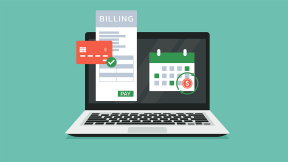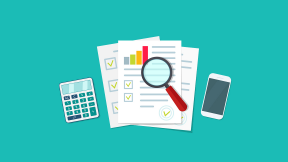What is a very poor credit score?

Quick insights
- The lowest possible credit score is about 300.
- If your credit score lingers in the lowest tier, you may be wondering if it would be categorized as very poor or even bad— and what that would mean for you.
- Whether your credit fits a very poor category or it’s just not up to your standards, there are steps you can take to help improve your credit score.
In this article, we’ll explore what a very poor credit score means and how it may impact you.
Where does a very poor credit score fall on the scale?
Credit scores range from 300 all the way up to 850. When it comes to a credit score that’s very poor, that’s both a technical category as well as a general concept within the two common credit scoring companies.
VantageScore® calculates the most commonly used consumer credit scores. Within the VantageScore model, a credit score between 300 and 499 is categorized as very poor — the lowest tier.
Credit score ranges can vary because there are different measurement models. FICO®, the other major credit scoring company, doesn’t have a category called "very poor”. Its lowest tier is called “poor” and covers credit scores between 300 and 579.
While each model may use different calculations to determine your numerical score, both use the data in your credit reports from the three credit bureaus: Experian™, Equifax® and TransUnion®.
What does a very poor credit score mean?
These lowest level credit score tiers show signs of either a newcomer to credit building or a long-time credit user who got sidetracked from best practices. It’s not a great position for getting credit at a competitive rate, but it’s a perfect starting point for building better credit.
Ranking at the bottom of the credit score scale can mean more than a low point in your credit history. It’s also a springboard for you to work toward improving your credit score. This challenge can become an opportunity to learn more about your credit score and gain skills to earn a higher rank.
How to improve a very poor credit score
No matter what credit score you have, there are actions you can take to help raise it. The best part is that when you’re learning how to improve your credit score, you can also develop skills to help you retain a better understanding going forward. After all, credit scores aren’t an end point; they ebb and flow. They require maintenance and awareness because your score can evolve in response to your credit usage. Keeping up with your bills is only one of several steps you can take toward earning a better credit score.
Luckily, there are tools to help you along the way. For example, Chase Credit Journey® offers a free service that can help you with credit monitoring. That’s a feature designed to support and enhance your efforts to stay on top of managing your credit. Once you set up notifications, credit monitoring can work as a prompt and alert you to changes in your credit accounts. Chase Credit Journey also offers weekly updates and identity protection tools.
What is my credit score?
A helpful first step on the road to better credit is to check your credit score. Contrary to popular belief, you can check your credit score without harming it. So, even if you sense that your score might be on the low end of the spectrum, checking it can help you achieve clarity about your credit standing.
Credit Journey® can provide your credit score for free. Knowing where your credit score stands on the spectrum can help guide you forward with a clear understanding of where you are and where you want to go. Chase Credit Journey can also provide ongoing resources for monitoring your credit score over time to help you meet your goals.
In summary
A very poor credit score can be defined as a score that sits in the lowest numerical range on the spectrum of credit scores. In a general way, this also defines what a bad credit score is and conveys that your credit score could use some help. Luckily, there’s help right at your fingertips. Chase Credit Journey can help you check, monitor and even rebuild your credit score no matter how low your starting point may be today.



